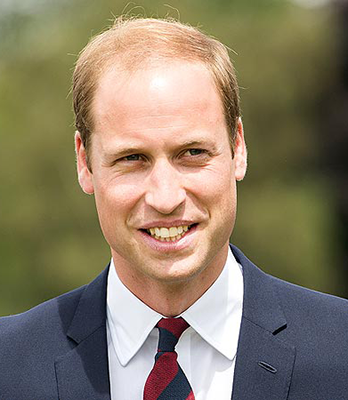Modern day hair restoration procedures usually provide very satisfying results when performed by reputable accredited hair transplant surgeons. Major skin related permanent side effects or severe health problems during and after a hair transplant procedure is becoming a rarity.
However, even the best surgeons out there will have some bad results due to unforeseen circumstances or, in rare cases, the surgeon or assisting technician having a bad day. Nevertheless, this risk is much smaller in countries such as the US where official accreditation is indicative of at least a minimum level of competency.
On the other hand, if you get a hair transplant abroad in order to save money, you will need be very careful in selecting your surgeon. You want to make sure the surgeon is accredited by the non-profit ISHRS, is locally board certified, has decent online reviews, and allows you to meet a few of his or her past patients.
Earlier today, this issue was brought forward front and center into my mind after Pakistan based actor Sajid Hasan posted a graphic video online about his botched hair transplant gone wrong. It seems like the person who did this procedure several weeks ago might have been a medical doctor or general surgeon, and not even an official hair transplant surgeon.
Besides having persistent health-related side effects, Mr. Hasan’s scalp currently looks like something that was worked upon by a butcher.
In the 27 years I have been doing hair transplants with as many a 7 doctors working for me, we have performed over 16,000 surgeries and never saw a case like Mr. Hasan’s. I have, however, seen many cases of necrosis which came to me after the hair transplants were done. I have, with associates, perform balloon expander surgeries on these patients to address the area of necrosis. If these areas of necrosis were not large, they often can be treated with wound care and then transplanted with proper techniques. Mr. Hasan does not have to live with this deformity.
2019-02-18 05:24:022019-02-25 11:19:02Hair Transplant Gone Wrong (From Reddit)



